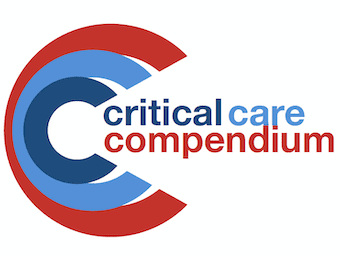
Volutrauma
Volutrauma = complication from mechanical ventilation that may manifest as: extra-alveolar air and/or acute ventilator induced lung injury.

Volutrauma = complication from mechanical ventilation that may manifest as: extra-alveolar air and/or acute ventilator induced lung injury.

High Frequency Ventilation ventilation with small tidal volumes at high frequencies

OVERVIEW SUMMARY Mucociliary Clearance Optimization Lung Expansion Optimization Ventilation and Oxygenation Optimization Advanced Therapies References and Links

Sedation is the depression of a patient's awareness to the environment and reduction of his or her responsiveness to external stimulation

Intrinsic PEEP is also known as autoPEEP or PEEPi. Intrinsic PEEP occurs when the expiratory time is shorter than the time needed to fully deflate the lungs, preventing the lung and chest wall from reaching an elastic equilibrium point

Determining compliance and resistance within a respiratory system is important during the management of mechanical ventilation.

sigmoid shape of the oxy-Hb dissociation curve results from the allosteric interactions of the globin monomers that make up the haemoglobin tetramer as each one binds O2. Multiple factors can affect the affinity of Hb for oxygen, thus causing the curve to shift to the left (increased oxygen affinity) or to the right (decreased O2 affinity)

Acute Respiratory Distress Syndrome (ARDS) Literature Summaries

Flow versus Time Graph: constant flow = volume control; decelerating flow = any mode

High Frequency Oscillation Ventilation (HFOV) is an unconventional form of mechanical ventilation that maintains lung recruitment, avoids overdistention, and does not rely on bulk flow for oxygenation and ventilation

OVERVIEW CAUSES Flow distortions caused by: -> always consider patient actually breathing! PRESSURE VERSUS FLOW TRIGGERING ASSESSMENT Suspect if Identify cause MANAGEMENT Prevent Auto-triggering VIDEO References and Links

Driving pressure has been suggested by Amato and colleagues to be the key variable for optimisation when performing mechanical ventilation in patients with acute respiratory distress syndrome (ARDS)